- Jul 12, 2018
- 10,525
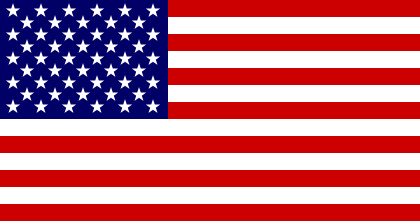
|
OPERATION NEPTUNE II |
SECRET |
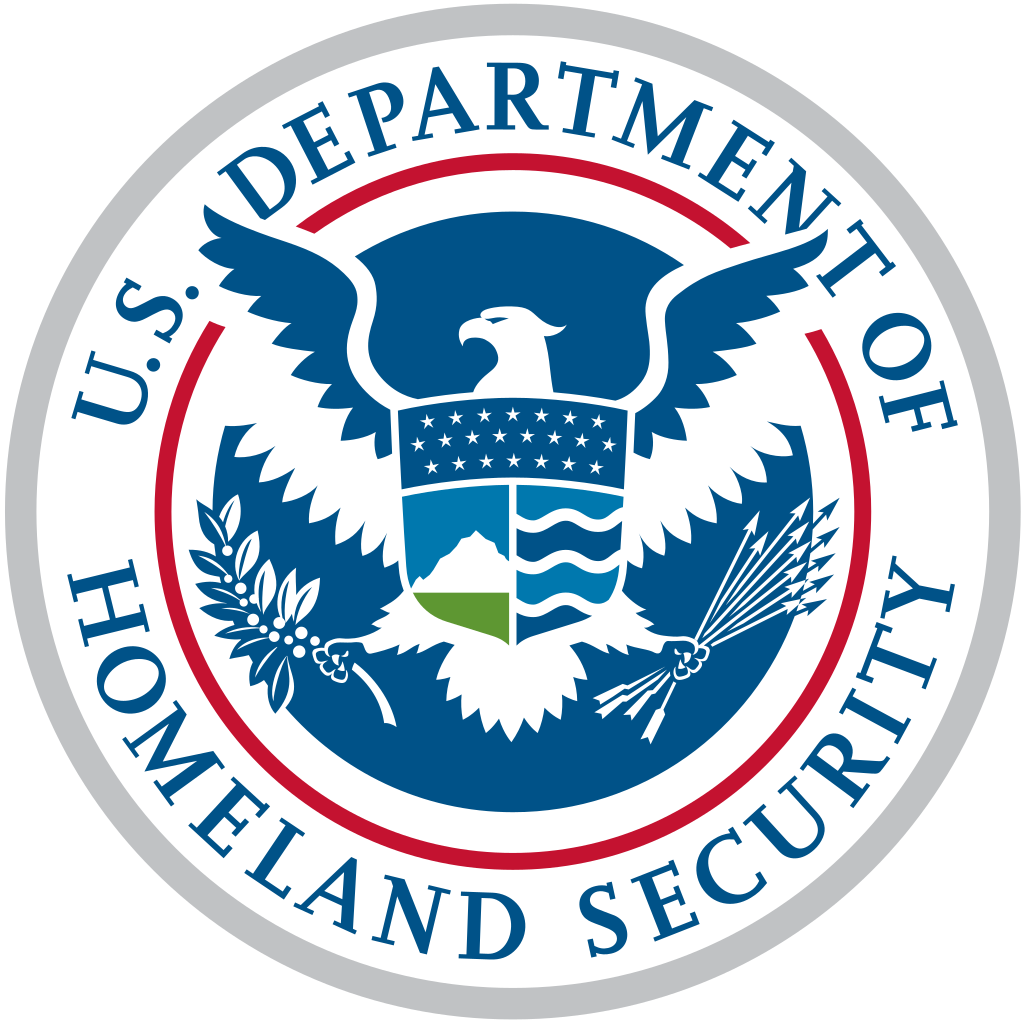
| 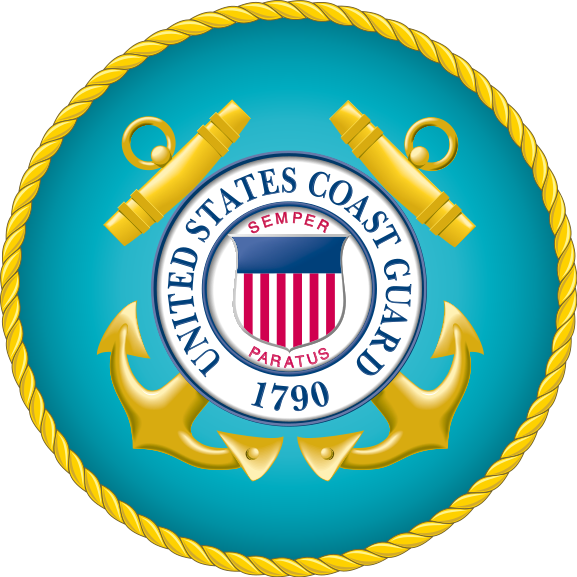
COAST GUARD DEPLOYMENT | 
|
|
CONTEXT
Through Executive Order 23-3, President Gore has ordered the United States Coast Guard to restart regular patrols through American territorial waters. This includes the waters of the States, but also of the territories from Puerto Rico and the U.S. Virgin Islands in the Caribbean to Guam and American Samoa in the Pacific Ocean. With the success of the first OPERATION NEPTUNE deployment of Coast Guard assets, the President ordered that the United States Navy turn over all twenty of its Oliver Hazard Perry-class frigates to the Coast Guard. These Coast Guards have been painted with the Coast Guard livery and manned by Coast Guard sailors. OPERATION NEPTUNE II would be used to prove the usefulness of the Oliver Hazard Perry-class not just for protecting lives, property, and the environment but especially for the patrol of deeper waters to protect the national security of the United States. Executive Order 23-3 made it clear that the mission of these patrols is "securing American territorial waters, protecting American sovereignty, enforcing United States federal law within territorial waters, environmental protection, and the preservation of life." The Commondant of the Coast Guard has decided that of these objectives, the three most critical are: securing American territorial waters, protecting American sovereignty, and the preservation of life. These three in particular will be guaranteed by having the Coast Guard patrol on the edge of America's territorial waters and out in the open seas.
|

| 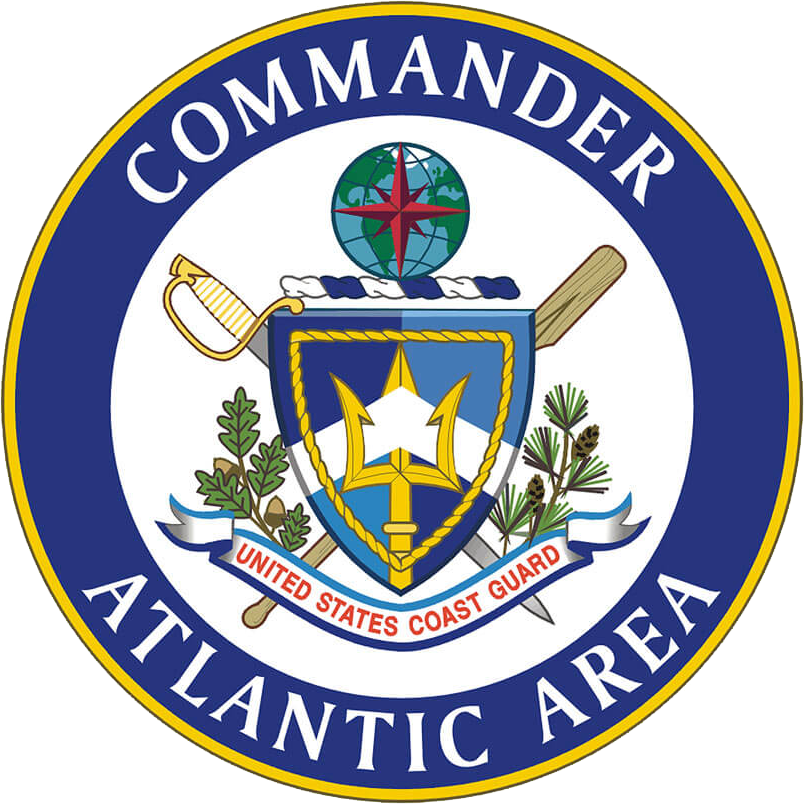
ATLANTIC AREA PATROLS | 
|
|
Atlantic Area
Vice Admiral Leon Black
Vice Admiral Leon Black
| SHIP CLASS | VESSEL | COMPLIMENT | HOME PORT |
| Oliver Hazard Perry-class Cutter | USCGC Oliver Hazard Perry | 176 | Coast Guard Sector Southeast New England |
| Oliver Hazard Perry-class Cutter | USCGC McInerney | 176 | Coast Guard Sector Southeast New England |
| Oliver Hazard Perry-class Cutter | USCGC Wadsworth | 176 | Coast Guard Sector Southeast New England |
| Oliver Hazard Perry-class Cutter | USCGC Duncan | 176 | Coast Guard Base Portsmouth |
| Oliver Hazard Perry-class Cutter | USCGC Clark | 176 | Coast Guard Base Portsmouth |
| Oliver Hazard Perry-class Cutter | USCGC George Philip | 176 | Coast Guard Sector Key West |
| Oliver Hazard Perry-class Cutter | USCGC Samuel Eliot Morison | 176 | Coast Guard Sector Key West |
| Oliver Hazard Perry-class Cutter | USCGC Sides | 176 | Coast Guard Sector Key West |
| Oliver Hazard Perry-class Cutter | USCGC Estocin | 176 | Coast Guard Sector Corpus Christi |
| Oliver Hazard Perry-class Cutter | USCGC Clifton Sprague | 176 | Coast Guard Sector Corpus Christi |
| Famous-class Cutter | USCGC Nantucket | 100 | Coast Guard Sector Northern New England |
| Famous-class Cutter | USCGC Loggerhead | 100 | Coast Guard Sector Northern New England |
| Famous-class Cutter | USCGC St. Thomas | 100 | Coast Guard Base Portsmouth |
| Famous-class Cutter | USCGC St. Croix | 100 | Coast Guard Base Portsmouth |
| Famous-class Cutter | USCGC Navassa | 100 | Coast Guard Station Charleston |
| Famous-class Cutter | USCGC Puerto Rico | 100 | Coast Guard Sector Key West |
| Famous-class Cutter | USCGC St. John | 100 | Coast Guard Station San Juan |
| Famous-class Cutter | USCGC Largo | 100 | Coast Guard Base Galveston |
| Famous-class Cutter | USCGC Bloodsworth | 100 | Coast Guard Sector Corpus Christi Harbor Facility |
| Famous-class Cutter | USCGC Pickering | 100 | Coast Guard North Moorings |
| Famous-class Cutter | USCGC Staten | 100 | Coast Guard North Moorings |
DETAILS
Oliver Hazard Perry-class Cutter - Fully Fueled; Aviation reserves fully fueled; Non-perishable food/water for 2 month journey; Well-rested, fed, and uniformed crew; Standard armaments including: x1 single-arm Mk 13 Missile Launcher with magazine of x30 Harpoon anti-ship missiles and x10 SM-1MR anti-aircraft missiles; x2 triple Mark 32 Anti-submarine warfare torpedo tubes with a full load of Mark 50 torpedoes; x1 OTO Melara .62 caliber (76 mm) naval gun; x1 20 mm Phalanx CIWS; x176 Coast Guard sailors.
Famous-class Cutter - Fully Fueled; Aviation reserves fully fueled; Non-perishable food/water for 2 month journey; Well-rested, fed, and uniformed crew; Standard armaments including: x1 OTO Melara Mark 75 76 mm/62 caliber naval gun; x2 mounted .50 caliber (12.7 mm) machine guns; x100 M4 Carbines in armory and x300 loaded magazines; x100 SIG Sauer P226 pistols and x200 loaded magazines; and all of their necessary armaments and equipment; x1 MH-60 Jayhawk; x2 Navy pilots; x98 Coast Guard sailors.
|

| PACIFIC AREA PATROLS | 
|
|
Pacific Area
Vice Admiral Sean Holmes
Vice Admiral Sean Holmes
| SHIP CLASS | VESSEL | COMPLIMENT | HOME PORT |
| Famous-class Cutter | USCGC Maui | 100 | Coast Guard Exchange Los Angeles |
| Famous-class Cutter | USCGC O'ahu | 100 | Coast Guard Exchange Los Angeles |
| Famous-class Cutter | USCGC Johnston | 100 | Coast Guard Base Seattle |
| Famous-class Cutter | USCGC Samoa | 100 | Coast Guard Base Seattle |
| Famous-class Cutter | USCGC Guam | 100 | Coast Guard Base Honolulu |
| Famous-class Cutter | USCGC Wake | 100 | Coast Guard Base Honolulu |
| Famous-class Cutter | USCGC Howland | 100 | Coast Guard Sector Guam |
| Famous-class Cutter | USCGC Marrowstone | 100 | Coast Guard Sector Guam |
| Famous-class Cutter | USCGC Santa Cruz | 100 | Coast Guard Station Port of Homer |
| Famous-class Cutter | USCGC San Miguel | 100 | Coast Guard Station Juneau |
DETAILS
Famous-class Cutter - Fully Fueled; Aviation reserves fully fueled; Non-perishable food/water for 2 month journey; Well-rested, fed, and uniformed crew; Standard armaments including: x1 OTO Melara Mark 75 76 mm/62 caliber naval gun; x2 mounted .50 caliber (12.7 mm) machine guns; x100 M4 Carbines in armory and x300 loaded magazines; x100 SIG Sauer P226 pistols and x200 loaded magazines; and all of their necessary armaments and equipment; x1 MH-60 Jayhawk; x2 Navy pilots; x98 Coast Guard sailors.
|
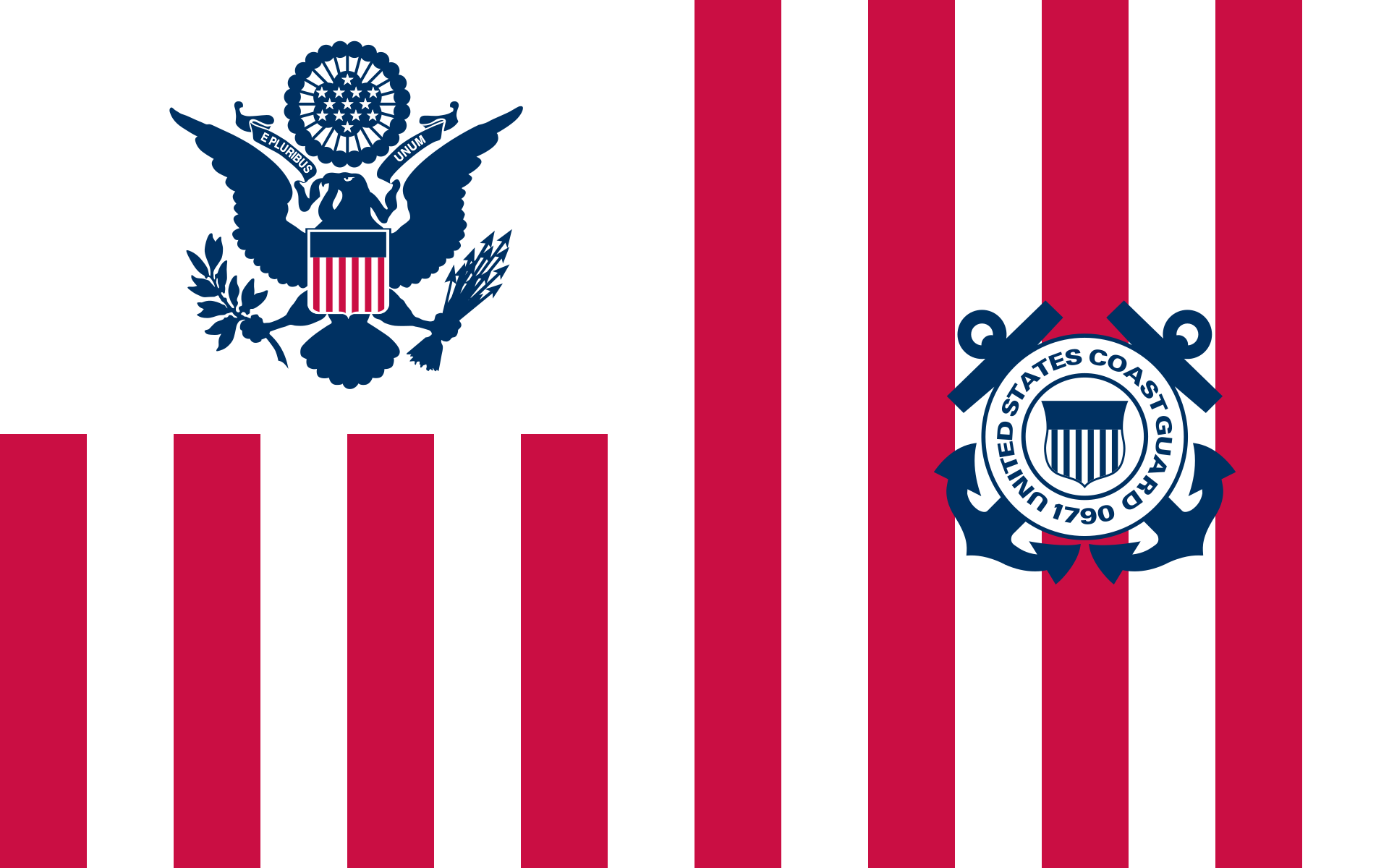
| 
DEPLOYMENT ORDERS | 
|
|
ATLANTIC AREA
The following undermentioned cutters will leave port properly with all normal and standard safety precautions in order to avoid running aground or colliding with other ships or natural/artificial obstructions. At all times the cutters travelled with all passive and active sonar activated and actively looking for other vessels or aircraft. All sightings of American warships (or armed ships) would be recorded and immediately securely reported to the U.S. Coast Guard and the U.S. Navy. All cutters (other than the Oliver Hazard Perry-class cutters) would generally straddle America's territorial waters (20 miles from the coast). None of the cutters would ever enter the territorial waters of another nation (except for the United Kingdom if it was a true emergency). The cutters would also avoid all natural and unnatural obstacles to avoid a collision while on their journeys. The Famous-class cutters will travel at 12 knots unless it is unsafe to do so while the Oliver Hazard Perry-class cutters would travel at 20 knots unless it is unsafe to do so. The cutters would obtain constant weather updates from the National Weather Service and the Coast Guard in order to ensure that the ships would be able to safely travel their routes and would plan accordingly in the event that they were heading into bad weather. When the cutters passed by land, designated watchmen would take close observations (with military-grade binoculars) and record what was observed. All of the cutters departed port with the maximum amount of food, water, and medical supplies that they would take on a standard 21-day deployment. The cutters would continue going back and forth on their designated routes unless they were rerouted for other duties, became distressed, needed to refuel (at which point they would use any appropriate U.S. Coast Guard port, U.S. Navy port, U.S. civilian port, or British Royal Navy or civilian port in case of an emergency - and the cutters would refuel with foresight so that they didn't run out of fuel in inappropriate places outside of the reach of the United States), or until it was the 21st day and time to return to port.
Cutters Oliver Hazard Perry and McInerney and Wadsworth properly departed from their home ports to begin a patrol of the Eastern Atlantic. Their travelled route would officially begin on the American side of the border of America and Canada's territorial waters off the coast of West Quoddy Head Light. From there they would travel in the straightest line possible to the eastern side of the island of Bermuda, and then in the straightest line possible to twenty miles southeast of Cape Canaveral Lighthouse, and then turn around to repeat the same route. The three cutters would leave port one after the other so that they would eventually have an equal distance between each other before the first ship would start to make its way back to New England.
TRANSIT
FN>FM>FL>EL
EL>FL>FM>FN
Cutters Duncan and Clark properly departed from their home ports to begin a patrol of the Eastern Seaboard. Their travelled route would officially begin roughly at 36.553242, -74.744119 and to 39.822293, -70.505247. They would roughly remain on the edge of the continental shelf throughout their patrol. The two cutters left port at different times so that they would pass each other once somewhere in their route (but never at the same place).
TRANSIT
FM>FN
FN>FM
Cutters George Phillip and Samuel Eliot Morison and Sides properly departed from their home port to begin a patrol of the Caribbean. Their travelled route would officially begin a mile south of Sand Key Lighthouse and continue east in international waters between the territorial waters of Cuba and The Bahamas (close to The Bahamas if necessary) and would continue off the northern coast of Hispaniola in international waters, and then 50 miles off the northern coast of Puerto Rico, and then on the outer (north or northeast or east) of all the Caribbean nations and territories from the British Virgin Islands to St. Lucia, then out around Barbados, then around the south of Grenada, then straight through the Caribbean Sea and then 50 miles off the southern coast of Jamaica and 50 miles off the southern coast of the Cayman Islands and then in international waters between the territorial waters of Mexico and Cuba, and finally back to the starting location. At no point would the cutters enter the territorial waters of any country other than the United States (or the United Kingdom in the event of an emergency). The ships would leave at different times so that they always maintained a roughly equal distance from each other.
TRANSIT
EL>FL>FK>GK>FK>EK
Cutters Estocin and Clifton Sprague properly departed from their home ports to begin a patrol of the Gulf of Mexico. Their travelled route would officially begin on the American side of the border of America and Mexico's territorial waters off the coast of the southern tip of Texas. From there they would travel north and east along the edge of the continental shelf of Texas, Louisiana, Mississippi, Alabama, and Florida and then end two miles due west of Loggerhead Lighthouse and then back on the same route.
TRANSIT
EL
Cutters Nantucket and Loggerhead properly departed from their home ports to begin a patrol of the New England coast. Their travelled route would officially begin on the American side of the border of America and Canada's territorial waters off the coast of West Quoddy Head Light. From there they would travel south to the southern border of Delaware and Maryland off the coast of Fenwick Island, and then turn around to repeat the same route. The two cutters would start at opposite ends of the route so that they were never in the same area until they passed each other.
TRANSIT
FN>FM
FM>FN
Cutters St. Thomas and St. Croix properly departed from their home ports to begin a patrol of the southeastern coast of the United States. Their travelled route would officially begin at the border of Delaware and Maryland off the coast of Fenwick Island. From there they would travel south to off the coast of West Palm Beach, and then turn around to repeat the same route. The two cutters would start at opposite ends of the route so that they were never in the same area until they passed each other.
TRANSIT
FM>EM>EL
EL>EM>FM
Cutters Pickering and Staten properly departed from their home ports to begin a patrol of the southeastern coast of the United States. Their travelled route would officially begin off the coast of West Palm Beach, Florida. From there they would travel south around the southern tip of Florida, in the southern side of the Florida Keys, around Loggerhead Key, and up the Gulf Coast to the end of the South Pass of the Mississippi River (off the coast of South Pass Light). The two cutters would start at opposite ends of the route so that they were never in the same area until they passed each other.
TRANSIT
EL
USCGC St. John properly departed from her homeport to begin a patrol of American waters around Puerto Rico and the U.S. Virgin Islands. Her travelled route would officially begin off the coast of San Juan, Puerto Rico. From there she would travel west and around Puerto Rico, go around the southern portion of the island, and to the western most point of St. Croix where she would then go around the southern portion of the island and then up to the island of St. John where she would approach the American-British border, but remain on the American side, and pass on the northern side of St. John. From there she would go past the island of St. Thomas and then back to where she started off the coast of San Juan to repeat the same route.
TRANSIT
FK
Cutters Largo and Bloodsworth properly departed from their home ports to begin a patrol of the United States Gulf Coast. Their travelled route would officially begin off the coast of South Pass Light, Louisiana. From there they would travel along the coast of the United States down to the United States-Mexico border, while being sure to stay on the American side, off the coast of Brownsville, Texas. The two cutters would start at the opposite ends of the route so that they were never in the same area until they passed each other.
TRANSIT
EL
PACIFIC AREA
The following undermentioned cutters will leave port properly with all normal and standard safety precautions in order to avoid running aground or colliding with other ships or natural/artificial obstructions. At all times the cutters travelled with all passive and active sonar activated and actively looking for other vessels or aircraft. All sightings of American warships (or armed ships) would be recorded and immediately securely reported to the U.S. Coast Guard and the U.S. Navy. All cutters (other than the Oliver Hazard Perry-class cutters) would generally straddle America's territorial waters (20 miles from the coast). None of the cutters would ever enter the territorial waters of another nation (except for the United Kingdom if it was a true emergency). The cutters would also avoid all natural and unnatural obstacles to avoid a collision while on their journeys. The Famous-class cutters will travel at 12 knots unless it is unsafe to do so while the Oliver Hazard Perry-class cutters would travel at 20 knots unless it is unsafe to do so. The cutters would obtain constant weather updates from the National Weather Service and the Coast Guard in order to ensure that the ships would be able to safely travel their routes and would plan accordingly in the event that they were heading into bad weather. When the cutters passed by land, designated watchmen would take close observations (with military-grade binoculars) and record what was observed. All of the cutters departed port with the maximum amount of food, water, and medical supplies that they would take on a standard 21-day deployment. The cutters would continue going back and forth on their designated routes unless they were rerouted for other duties, became distressed, needed to refuel (at which point they would use any appropriate U.S. Coast Guard port, U.S. Navy port, U.S. civilian port, or British Royal Navy or civilian port in case of an emergency - and the cutters would refuel with foresight so that they didn't run out of fuel in inappropriate places outside of the reach of the United States), or until it was the 21st day and time to return to port.
Cutters Maui and O'ahu properly departed from their home ports to begin a patrol of the California coast. Their travelled route would officially begin on the American side of the border of America and Mexico's territorial waters off the coast of San Diego. From there they would travel north to the border of California and Oregon, and then turn around to repeat the same route. The two cutters would start at opposite ends of the route so that they were never in the same area until they pass each other.
TRANSIT
DM>CM>CN
CN>CM>DM
Cutters Johnston and Samoa properly departed from their home ports to begin a patrol of the Washington and Oregon coasts. Their travelled route would officially begin at the border of California and Oregon and would go up to the American side of the border of America and Canada's territorial waters off the coast of Tatoosh Island. The route then repeats in the opposite direction. The two cutters would start at opposite ends of the route so that they were never in the same area until they pass each other.
TRANSIT
CN
Cutters Guam and Wake properly departed from their home ports to begin a patrol of the Hawaiian Islands. Their travelled route would officially begin off the coast of the southern tip of the island of Hawaii and would go up the western side of the Hawaiian Islands to the northern coast of the island of Nihoa. The route then repeats, except on the eastern side of the islands, in the opposite direction. The two cutters would start at opposite ends of the route so that they were never in the same area.
TRANSIT
BK>BL>AL
AL>BL>BK
Cutters Howland and Marrowstone properly departed from their home ports to begin a patrol of Guam and the Northern Mariana Islands. Their travelled route would officially begin off the coast of the southern tip of Cocos Island and would go up the western side of Guam and the western coasts of the Mariana Islands to the northern coast of Saipan Island. The route then repeats, except on the eastern side of the islands, in the opposite direction. The two cutters would start at opposite ends of the route so that they were never in the same area.
TRANSIT
QK
Cutters Santa Cruz and San Miguel properly departed from their home ports to begin a patrol of some of Alaska's coast. Their travelled route would officially begin at the border of America and Canada's territorial waters off the coast Dall Island. From there they would travel north to a point off the coast of Augustine Island, and then turn around to repeat the same route. The two cutters would start at opposite ends of the route so that they were never in the same area until they pass each other.
TRANSIT
CO>BO
BO>CO


